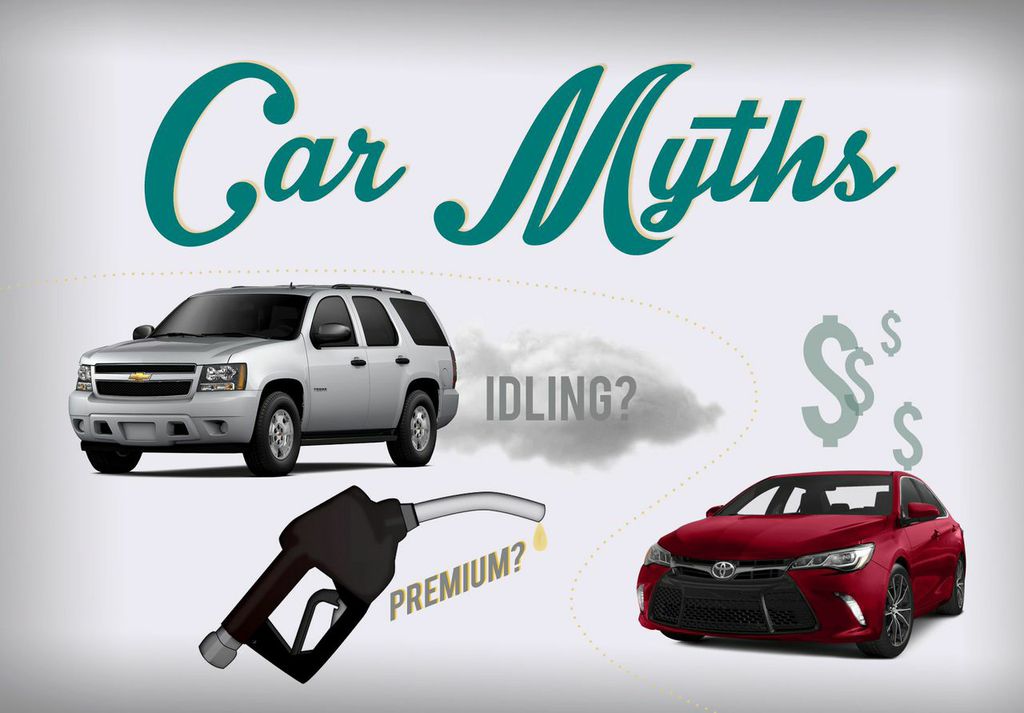You might think most of these facts are common sense, but you’d be surprised how frequently questions are asked about them. Test your knowledge and find out what is true and what is false! Scroll down to compare your answers.
- Rotating tires is important because it allows the tires to serve in all positions and keeps them from wearing unevenly.
- All cars need an engine oil change every 3000 miles.
- Automobile radiators are coolant exchangers used for heating internal combustion engines.
- RPM means Revolutions Per Minute, which measures the frequency of rotational speed.
- Spark plugs are necessary to your car starting. Poor quality spark plugs can lead to a drop in fuel economy.
- When the engine light comes on, it means you have a serious engine problem that must be checked immediately.
- Leaving the engine running while putting in gas isn’t actually that dangerous.

- TRUE. Each car can wear unevenly for a number of reasons, so rotating your tires regularly allows your tires to serve in the front and rear position which helps to even out their wear.
- FALSE. While some modern cars can put on up to 10,000 miles without fresh oil, every car needs an oil change on occasion depending on the make and model. You don’t have to worry about changing it every 3000 miles, but a change is necessary.
- FALSE. Radiators are heat exchangers used for cooling internal combustion engines. They transfer thermal energy from one medium to another for the purpose of cooling and heating.
- TRUE. RPM stands for revolutions per minute and measures the number of rotations (revolutions) completed around a fixed axis in one minute.
- TRUE. Spark plugs emit a spark of electricity that create the ignition for the combustion needed to start a car. With poor quality or unhealthy ones, your car will not be as powerful and can lead to a fuel economy drop.
- FALSE. While it could indicate a severe issue needing immediate help, this light usually indicates a detection of a fault in the engine management system. There are a variety of situations that can lead to what the light can mean, and while you should get it checked as soon as you can, don’t panic and think you have to go to the shop immediately.
- FALSE. Leaving the engine running while pumping gas can potentially generate a spark that can lead to a catastrophic ignition. While there are million-to-one odds that your car will be the one to generate a fatal spark around flammable gas, it still has happened and poses a risk. I would just heir on the side of caution and not bet against the odds.
How did you do? I hope this helped debunk some car myths and clear up some commonly asked questions! Send this to your friends and find out who really is the smartest!






No Comments